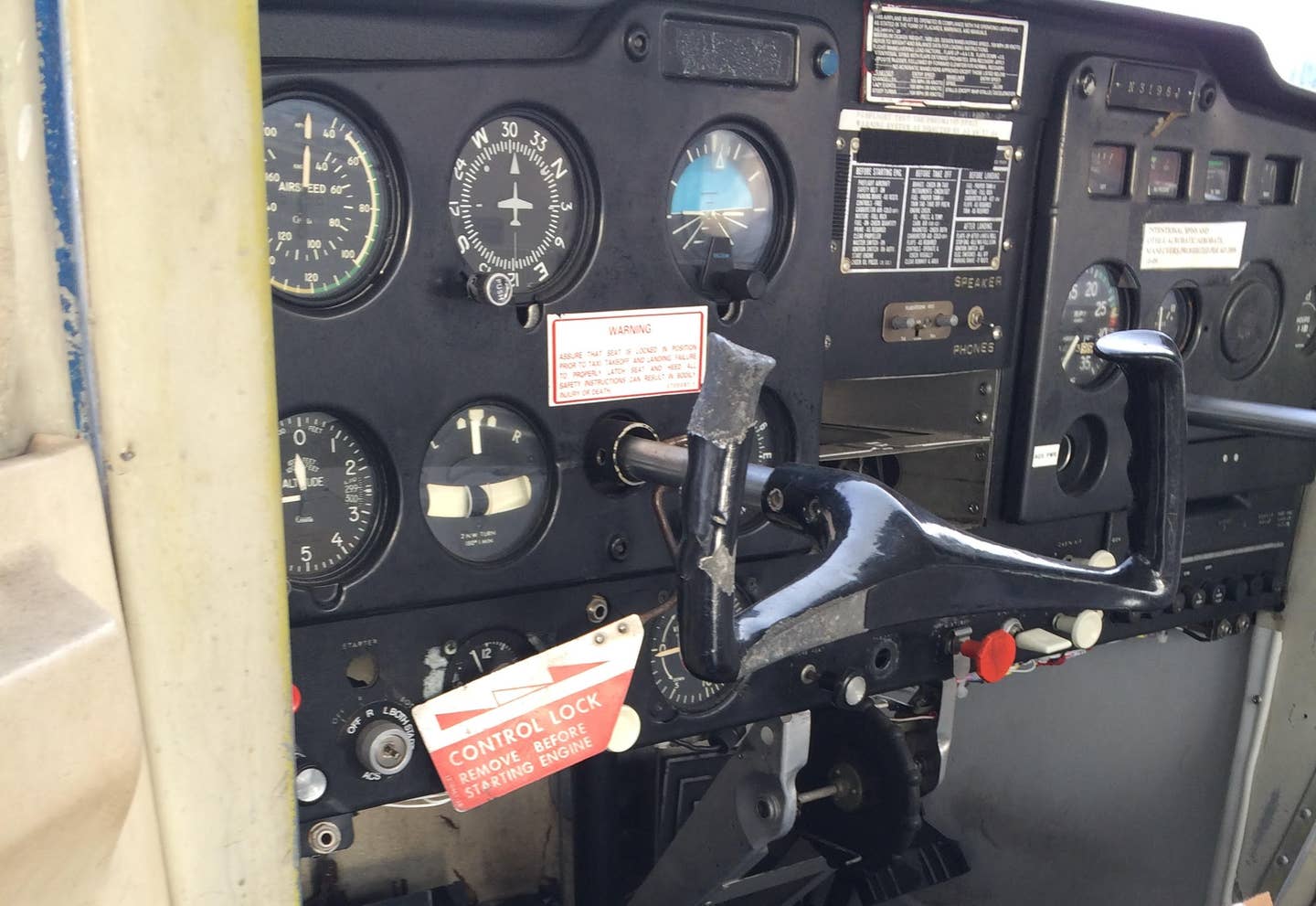Always Be Prepared to Divert to Another Airport
Training to land within 25 miles of your home field starts before the first solo.

The FARs allow the learner to be endorsed for solo at airports within 25 nm of their home airport provided the CFI has given them training to and from these alternate airports as well as in the traffic pattern. [Credit: Adobe stock]
Most of us learn from our mistakes. That includes CFIs who, as freshly soloed learners, had an experience that taught them to make sure their learners would be better prepared if they encountered a similar challenge.
For me it was the importance of providing training so the learners could fly to airports within 25 miles of their home field. This training is done before their first solo. After the first solo, I endorse them for solo flight to these auxiliary fields. This is just in case something goes sideways and they can't land at home.
I learned the value of this when I was training for my private pilot certificate, and the MVFR we took off with started leaning toward the IFR as a rain squall moved up from the south. We were doing maneuvers over the Puget Sound in Washington state when my CFI pulled up the ATIS for the home field and we learned the field—which was behind us—had dropped to IFR, and unfortunately the airplane we were in was VFR only.
Uh-oh. The weather briefing had reported rain coming from the south, but it wasn't supposed to be there for a few more hours. I did a 360-degree turn so we could look for VFR as we discussed options. The weather was better to the north. I could see the nontowered airport some 10 nm away.
"Best forward speed!" the CFI called out dramatically as I applied full throttle. A check of the AWOS reported VFR conditions that were changing but fortunately stayed MVFR until we were parking on the ramp. That's when the ceiling dropped and the skies opened up like a fire hose.
The CFI called the flight school to let it know we were safely on the ground and would head back after the squall passed.
As we sat in the lobby, I remarked that I had never been to this airport before. The CFI asked what I would have done had he not been on board, as my solo endorsement did not cover this airport.
I replied I would have done whatever I needed to do to get safely back on the ground. It was better, I said, to break a rule and do the paperwork than to try to press on VFR into IFR. That was the answer he was looking for.
Neither of us was prepared for how quickly the weather went sour. Then the CFI let the bomb drop, saying in hindsight, we probably shouldn't have left the pattern in MVFR conditions in a VFR only airplane. This led to a discussion about understanding the limitations of the equipment and always having a backup plan. I learned very important things from this flight: Don't trust the weather reports, know the limitations imposed by your aircraft equipment, and always make sure your primary learners have solo privileges at two auxiliary airports before you let them out of the pattern.
How It Is Done
The FARs allow the learner to be endorsed for solo at airports within 25 nm of their home airport provided the CFI has given them training to and from these alternate airports as well as in the traffic pattern. This would mean they are familiar with the airport frequencies and any idiosyncrasies of that airport, such as pattern altitude and traffic direction. A good way to handle this is to include knowledge required from all three airports in the pre-solo knowledge test. I include the “you cannot land at (insert name of home airport) because of a disabled airplane on the runway, what do you do?” scenario, and they must reply with a narrative explaining their decision process.
This has proven to be very useful because sometimes things happen.
There was one day when our home airport was closed because of an accident. No one was seriously hurt, but the runway was closed because there was an airplane on its back. I was more than 100 miles away on a cross-country flight with one of my commercial candidates when my phone exploded with texts from my post-solo learners: “Crash at Thun Field, not me, not me!” one proclaimed. After I landed with the commercial candidate, I called a friend who worked at the airport. It was not one of my flight school's airplanes, I was told, however, the runway was going to be closed for at least another hour.
When I returned at the end of the day, two of my learners were waiting for me. They were both very excited to tell me how they dealt with the situation. They were on solo flights when they learned the runway was closed. One headed back to the practice area for more steep turns then to the nontowered airport to the north, where he practiced touch-and-goes for the better part of two hours. He was preparing for his check ride and took the forced diversion in stride.
For the other learner, it was her first time out of the pattern. She orbited over a lake to get her wits and take stock of the situation, determining how much fuel she had aboard, what her options were, etc. As she did this, an eagle appeared on her right wing. As she marveled at this, a second eagle appeared on the left wing, as if they were flying in formation. She took this as a positive sign then remembered she'd been signed off for two other airports. She chose to go to the one with the restaurant.

Subscribe to Our Newsletter
Get the latest FLYING stories delivered directly to your inbox






